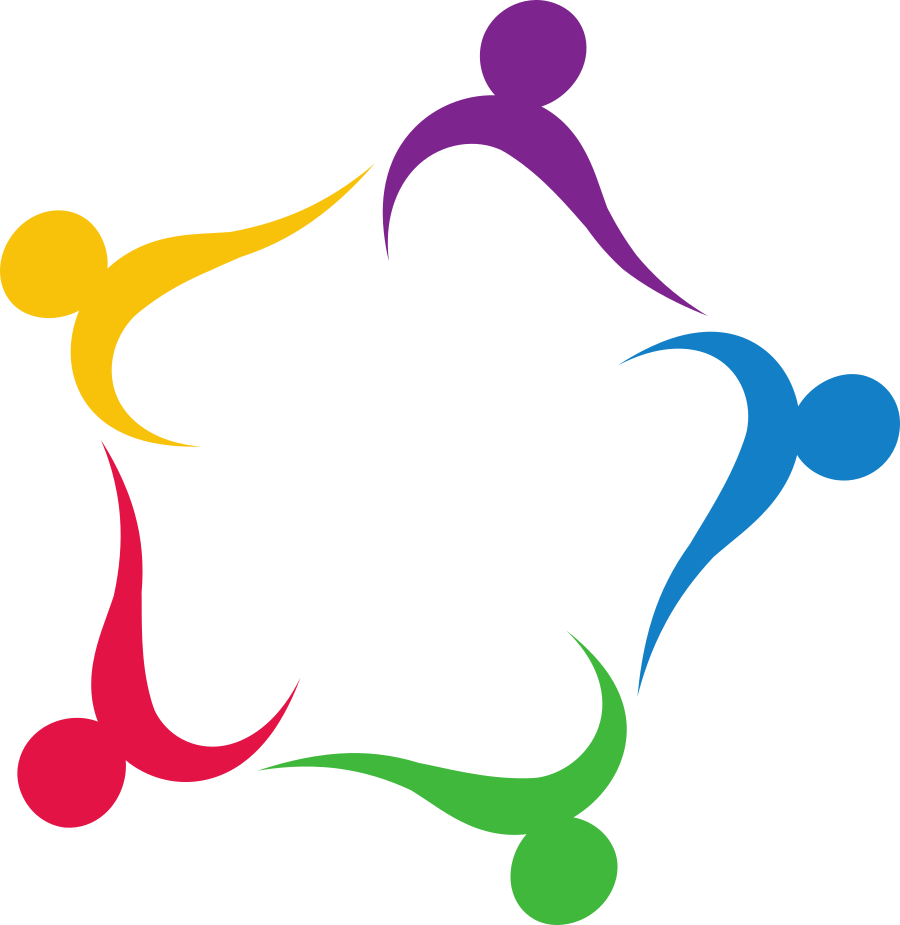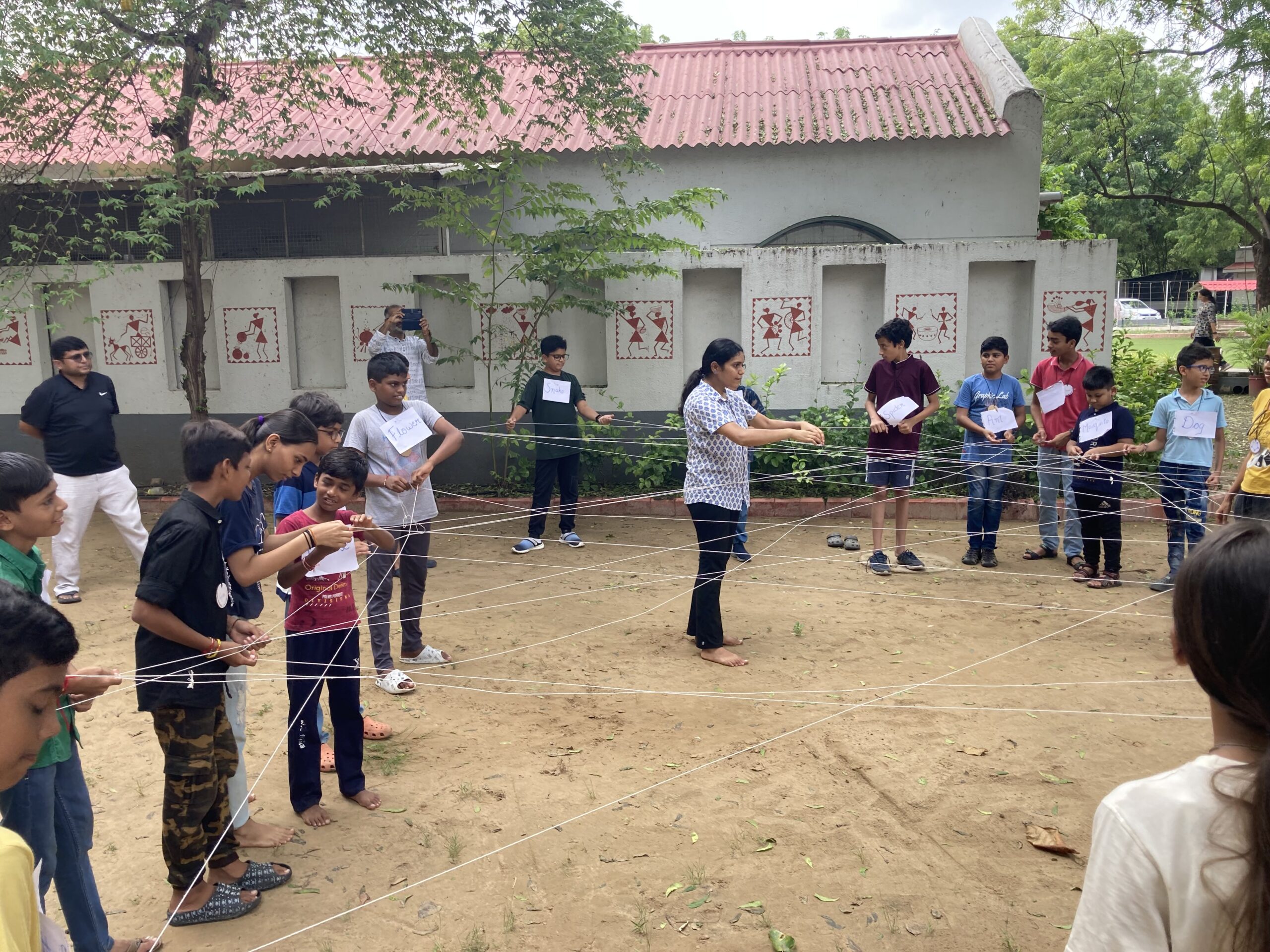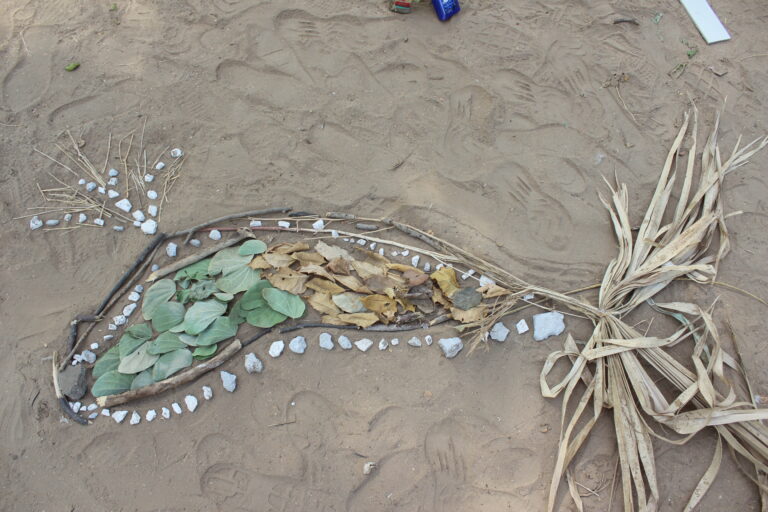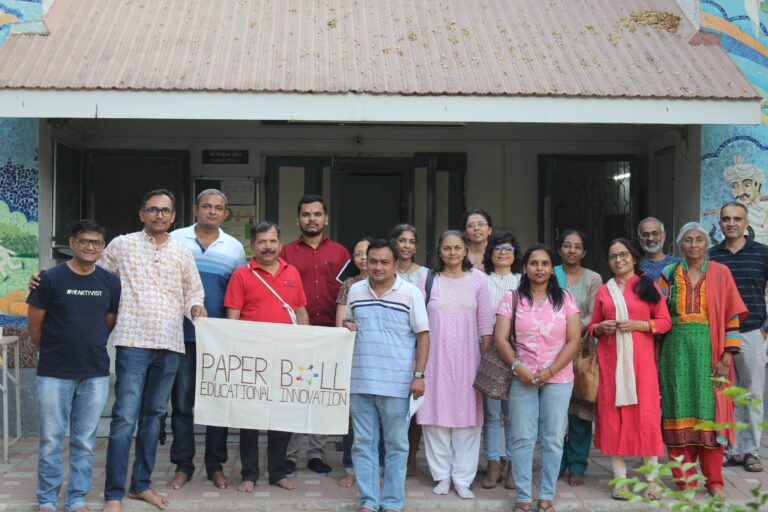Session 2: UNLESS: Nature & Sustainability Education Series
Many people ask what we intend to achieve through the “UNLESS – Nature & Sustainability Education” series for children. An important intent is to plant seeds in children’s minds and raise awareness about nature so that they can take positive actions that benefit nature & them. This obviously requires understanding of the kind of interconnections that are in nature, between different species, between the species and ecosystems, between humans and other species and so on.
The Session 2 in this series was on observing and understanding “Interconnections in Nature”. The session began with a beautiful question on “What connections do you see between a cloud and a paper?” The question makes us wonder and reflect deeply. What kind of connection can be there between two disparate things like cloud and paper? Participants initially responded by comparing their colours and their weight (lessness). Probing deeper they could see how clouds bring rains that give life to plants and trees using which our paper is made. What an intricate interconnection in nature!
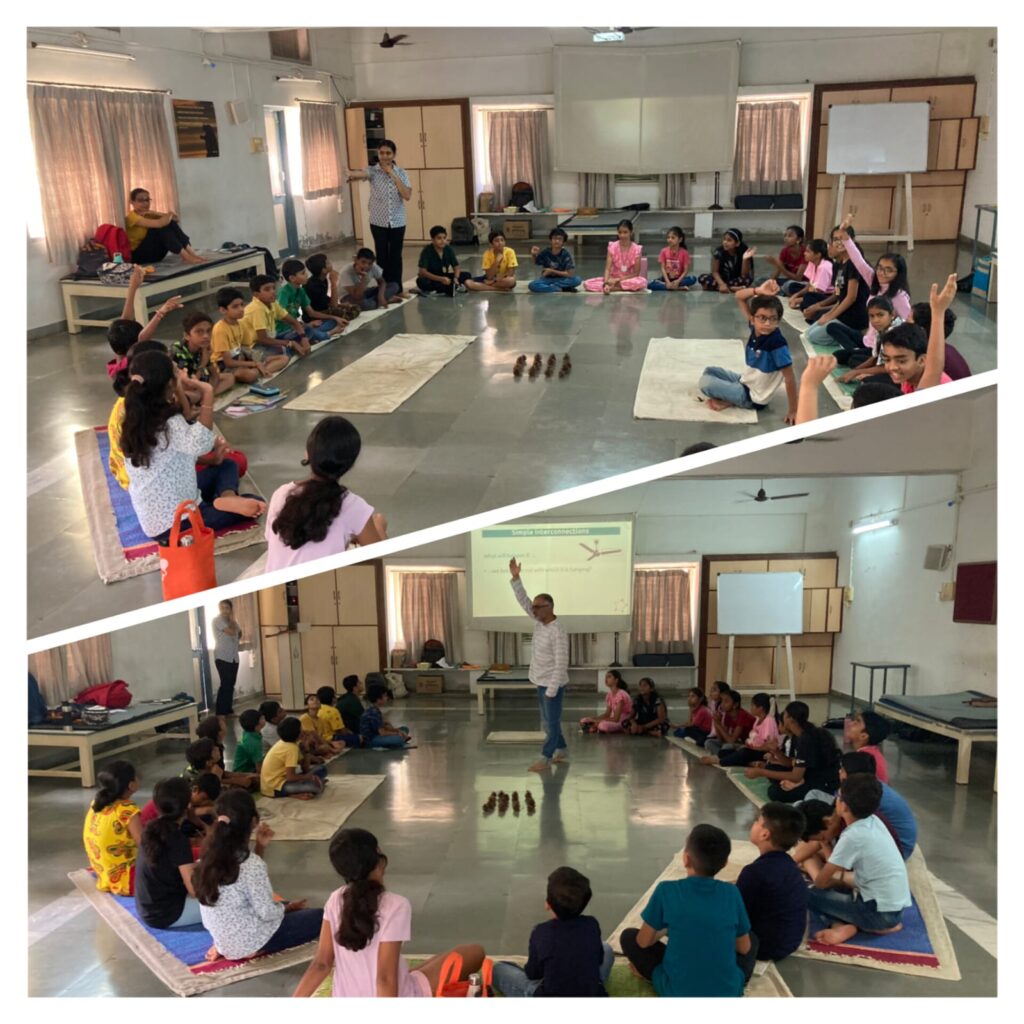
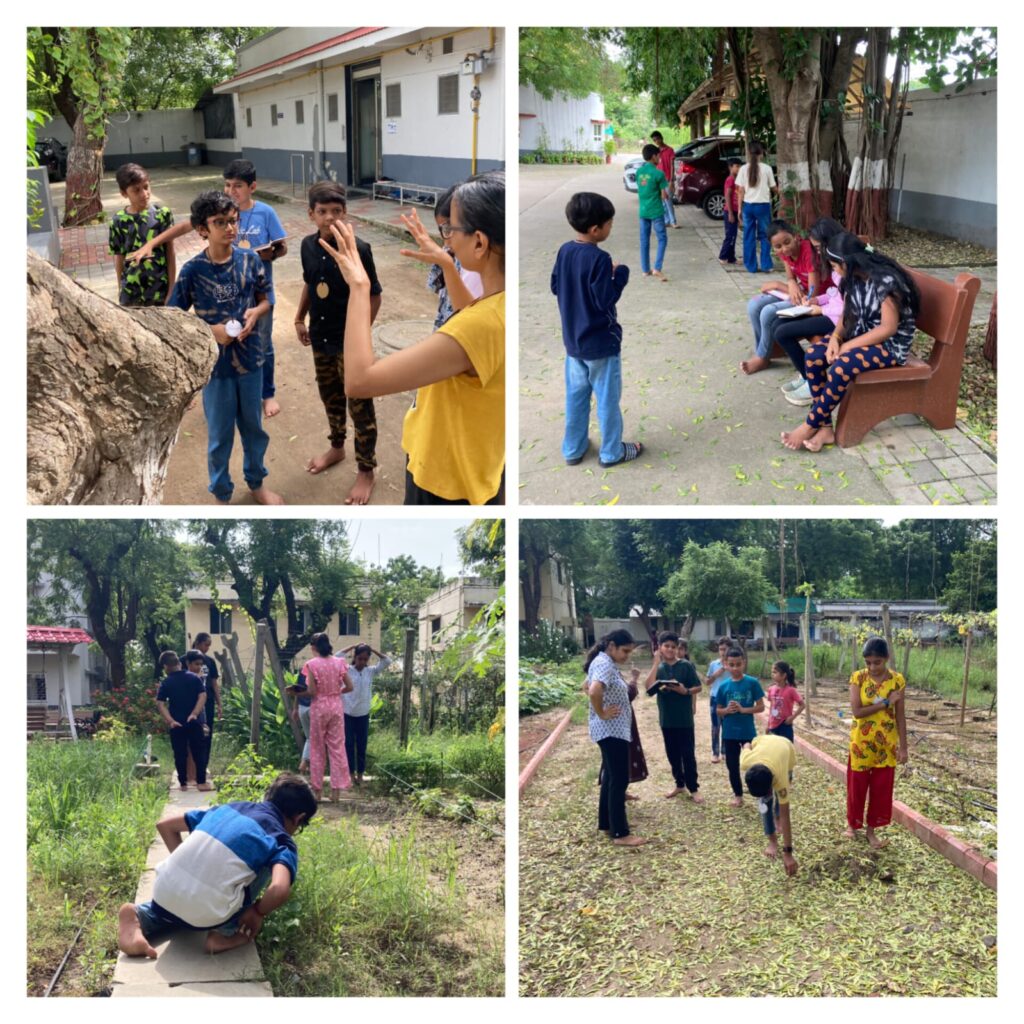
As a part of understanding interconnections further, the participants broke into four groups led by a volunteer. They went out in groups to observe the interactions between various species in nature and thus understand a bit more about interconnections. The participants later enacted the interactions that they observed in groups. That was a lot of fun to enact and watch and learn. Participants also realized that nature works on its schedule and it takes time and concentration to observe the interactions of species in nature.
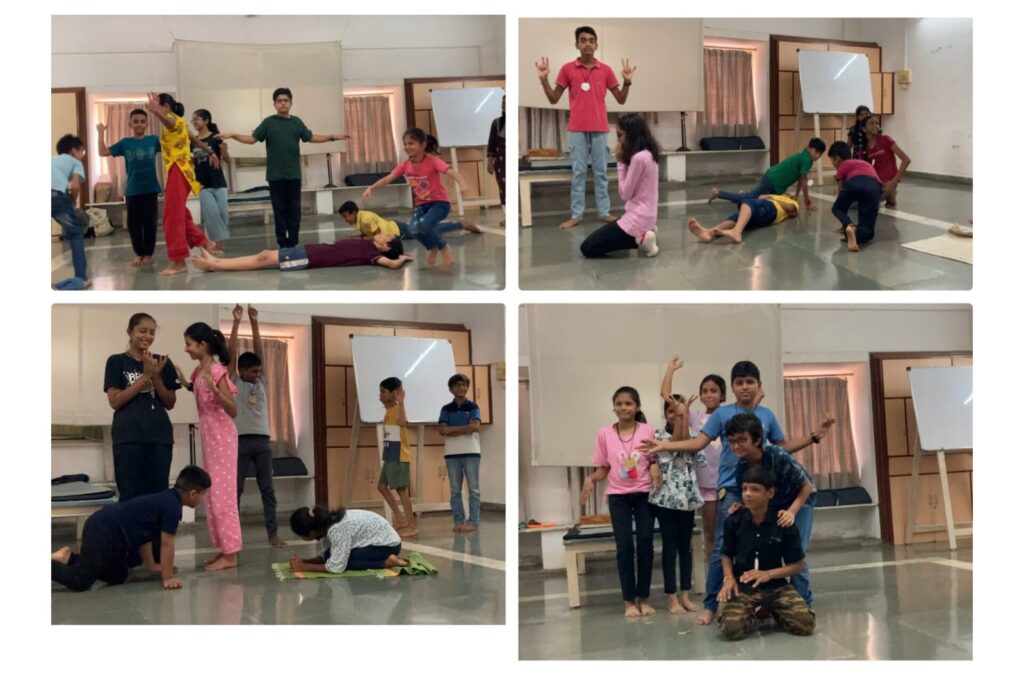
After a short snack break comprising apples, bananas and mamra, we delved briefly into examples from day-to-day life to see what simple, complex and intricate connections might look like. This turned out to be a thought provoking and interactive discussion not just for participants but also for facilitators. Many participants shared their perspectives on what can change if butterflies were to be removed from the nature. This was meant to be a reflective and open-ended session. This discussion will continue. We also briefly looked at the interconnection through the vulture case study. In the 1990s, injecting cows & buffaloes with “diclofenac” led to death of millions of vultures in India. And how this, in turn, led to additional deaths of more than half a million humans.
Nidhi, session facilitaor, then led the discussion and videos about the various types of interconnections that might be visible in nature if one is observant. Small clips from nature and their meaning were discussed. Another story on interconnection in nature and what happens when a species is removed was also shared. This was from case study of the Yellowstone National Park in USA.
Interconnections as a Web: Finally, we moved on to understanding interconnections through a “web of life” activity. The activity involves tagging each participant with an element/item from nature and then using a thread ball to weave a web wherever interconnections between one or more elements appear. The intention of the activity is to help participants see the interconnected web (as opposed to just a linear chain) being made so that they understand the complexity of interconnectedness and how breaking a link in that web can disrupt other elements.
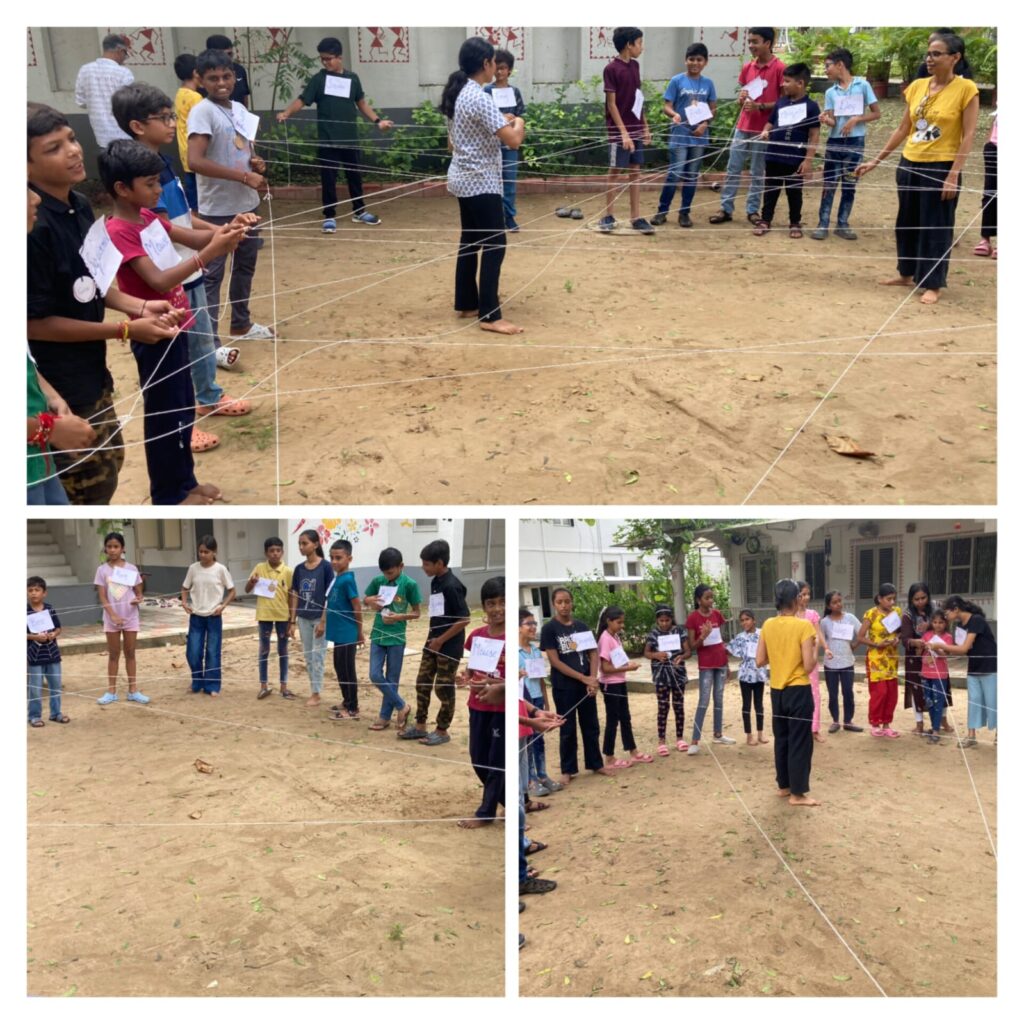
Why study interconnections? As a species humans are just a miniscule part of the huge biodiversity that our planet offers. However, we have (wrongly) seated ourselves at the very top of this nature and biodiversity assuming human beings to be the highest being. Seeing the interconnections in nature helps us to reflect deeply on our role and the role of other species in nature. As one of our participant observed in the session, “Does nature really need human beings? Do they add any value to nature?” These are deep questions that emerged from the session yesterday. These and other conversations, questions and responses helped participants (and facilitators) with newer perspectives to think about. A thriving nature cannot be a secondary or a nice thing to have. Understanding that without these interconnections, our survival as a species is also in danger will implore humans to take positive action to save and conserve nature.
We will encourage each parent to sit with their children to take feedback on what they learnt in the session and help them take positive actions for nature.
